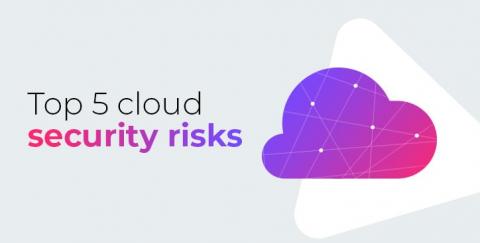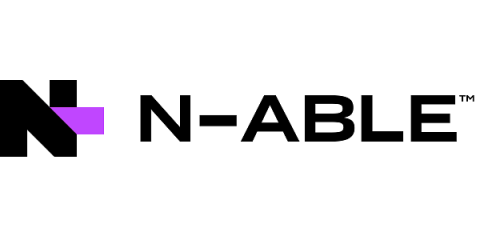Operations | Monitoring | ITSM | DevOps | Cloud
Risk Management
Top 5 cloud security risks
The ABC of Risk Management Automation
How to Conduct a Workplace Risk Assessment
Risk Management for Solution Architects: Mitigating Framework Risks
As a solution architect, you know that your expertise in envisioning and constructing robust systems is vital, especially as navigating third-party frameworks and platforms becomes increasingly integral in today's complex technological landscape. Risk management, therefore, plays a crucial role in safeguarding your organisation's digital assets and ensuring optimal performance. But how do you ensure you effectively mitigate the risks associated with these third-party frameworks and platforms? Read on to learn key tips and strategies for mitigating and managing framework risks.
Why Incident Management is an Essential Part of Risk Management
In any operation or activity, unforeseen happenings can derail progress. The job of a good manager is to try their best to make the hitherto unforeseen visible and planned for. It’s all too easy to find yourself reacting to occurrences that can throw you and the company into turmoil, with frantic fixing on the back foot being the result. The best managers can make it look like they don’t do much.
How to Conduct a Workplace Risk Assessment
How MSPs Can Own the Risk Management Conversation
Against a backdrop of constantly evolving cybersecurity threats, it’s essential that MSPs understand how to own the risk conversation if they are to really help their customers effectively manage their security posture. In this blog, I want to look at what we mean by “owning the risk conversation”, and how MSPs can achieve this. For me, I look at it from the perspective of my own job.
In a World of Managing Risk, Do You Have Shiny Tech Syndrome?
There is always something new on the horizon when it comes to technology. Isn’t it human nature to want to wait for the next 'new' model car, the next 'bigger' TV or the next 'faster' smart phone? The newest release might be more appealing – especially to higher-ups, who want the latest and greatest trending technology. But there are hidden risks associated with waiting to implement a new tool or solution.











